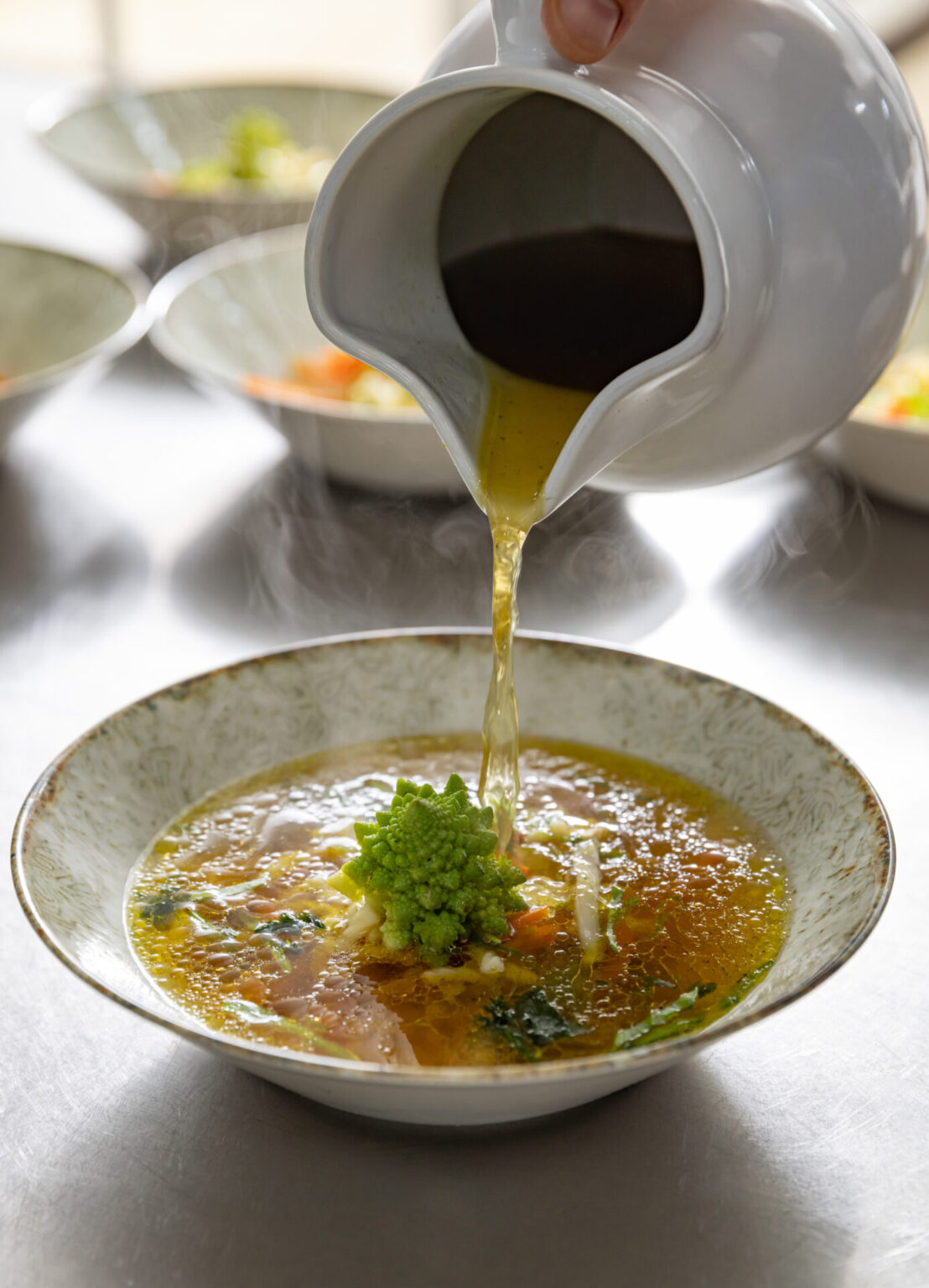The broth trend is enjoying a real revival
Bouillon appeals to gourmets of all kinds, as well as to lovers of healthy cooking and those concerned with avoiding food waste.
Long considered a “poor man’s dish”, broth has not aged a day and is making a strong comeback on our plates, thanks to its many nutritional benefits and universal appeal. Whatever the recipe, there’s something for everyone.

What is a broth?
Basically, stock is a liquid obtained by slowly simmering ingredients such as bones, meats, vegetables, spices and herbs in water.
Its origins date back to ancient times, when people were already using broths to optimize the use of food and extract essential nutrients.
Consumed simply strained, it also serves as a base for many culinary preparations, from soups and sauces to risottos and stews.
A dish with a thousand virtues: nutritional and digestive benefits
Broth is first and foremost a natural source of minerals, vitamins and collagen, all of which are essential for the body to function properly.
Long simmered, it extracts all the nutrients from bones, vegetables and herbs, providing a light yet nourishing drink.
Rich in electrolytes such as potassium and magnesium, it helps hydration and recovery after physical exertion or fatigue.
Its gelatin and amino acid content aids digestion, soothes intestinal inflammation and supports joint health.
A real rejuvenating cure for the body, it is also recommended in winter for its “warming” and comforting properties.
An anti-waste ally: nothing is wasted, everything is transformed!
In a world where reducing food waste is becoming a priority, broth appears to be an effective and tasty solution.
Using poultry carcasses, fish bones, vegetable peelings or wilted herbs allows you to put to good use ingredients that would otherwise end up in the garbage can.
Some restaurants and individuals are even taking the “zero waste” approach a step further, incorporating broth into a wide range of preparations: risottos, sauces, cooking bases for cereals or legumes.
What’s more, you can prepare homemade bouillon cubes from natural ingredients, without additives or preservatives, for an authentic taste and a healthier alternative to industrial products.
All’s well in the broth
One of the great advantages of broth is its versatility. It recovers the flavors and nutrients of many foods otherwise destined for compost or the trash.
Beef, chicken or fish bones, vegetable tops, onion skins and wilted herbs can be transformed into a delicious, rich and fragrant broth.
In addition to its basic function in soups and simmered dishes, it can be reduced to make a sauce base, used as a cooking liquid for rice or pasta, or eaten as is for a comforting effect.
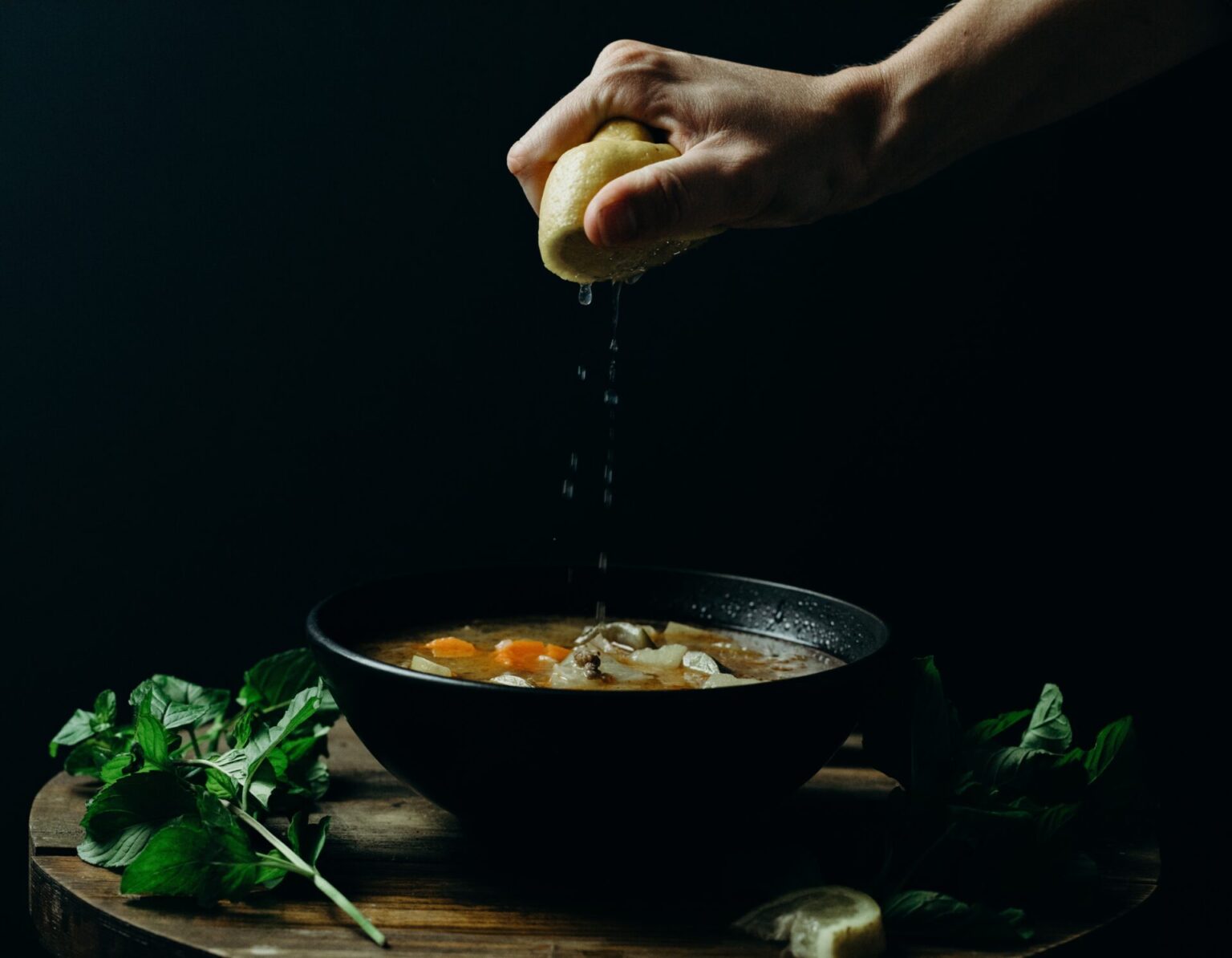
How to make a good homemade broth?
Making homemade broth is simple and requires only a few basic ingredients: bones or vegetables, water, spices and a long, gentle cooking process.
For a collagen-rich bone broth, we recommend simmering for at least 12 hours to extract maximum nutrients. Vegetables such as carrots, celery and onions bring sweetness and depth to the flavors, while herbs such as thyme, bay leaf and parsley enhance the taste.
For an even more gourmet touch, some add a little cider vinegar, which helps extract minerals from the bones.
Recipe example:
Ingredients
- 1 chicken carcass or beef bones
- 2 carrots
- 1 leek
- 1 onion
- 2 garlic cloves
- Bouquet garni (thyme, bay leaf, parsley)
- Peppercorns and salt
- 2 liters of water
Preparation
- Brown the bones or carcass in a large pot to develop the aromas.
- Add the chopped vegetables.
- Pour in the water and bring to the boil, then reduce to a simmer.
- Simmer for 3 to 12 hours to extract maximum nutrients.
- Strain and use your broth for soups, sauces or to drink as is.
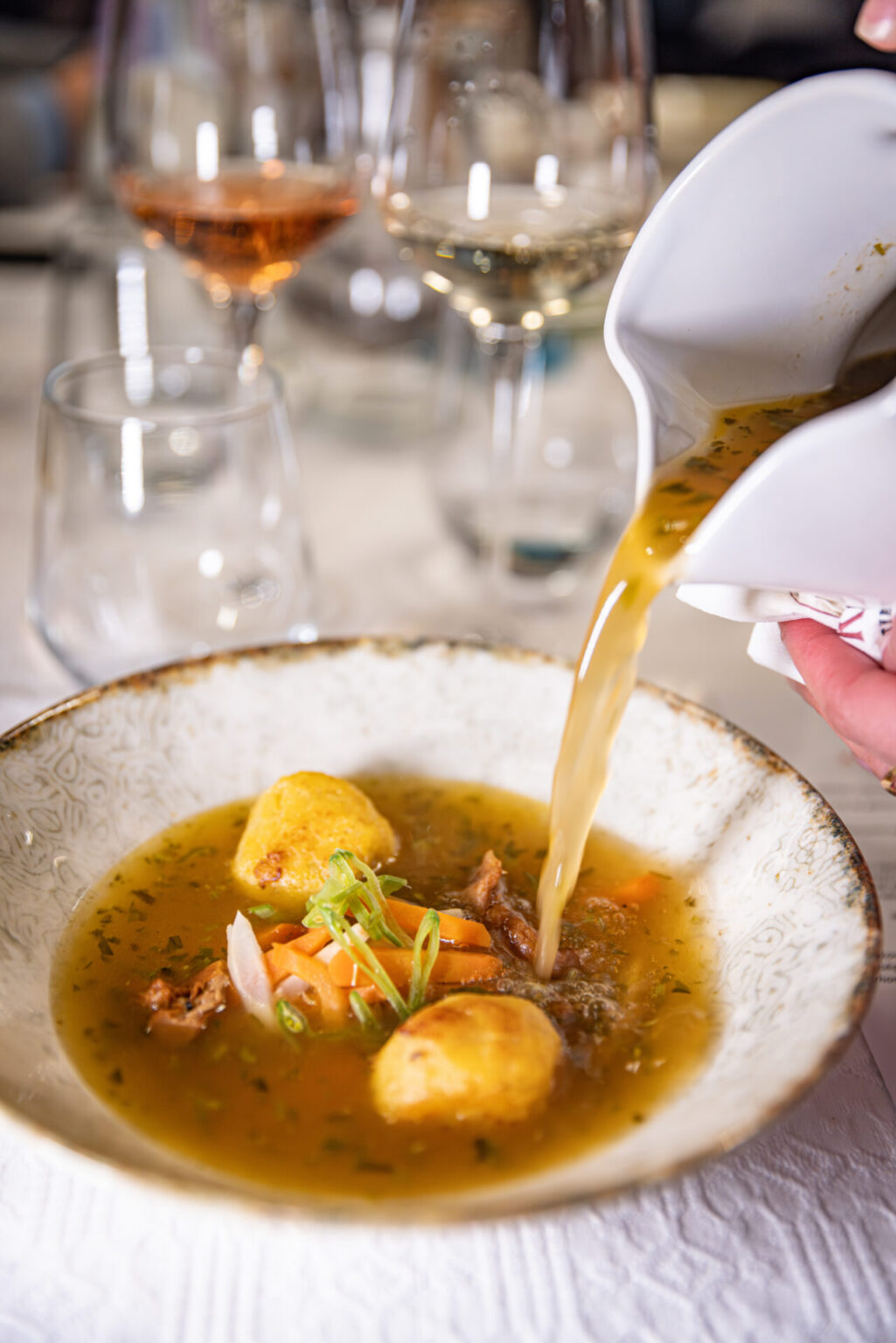
Homemade bouillon cubes
Industrial bouillon cubes may be convenient, but they often contain too much salt and additives. More and more consumers are turning to healthier, customizable homemade alternatives.
You can make your own stock cubes by reducing homemade stock to a concentrated paste, then freezing it in ice cube molds.
Another option is to make a dehydrated bouillon powder by drying a much-reduced stock before blending.
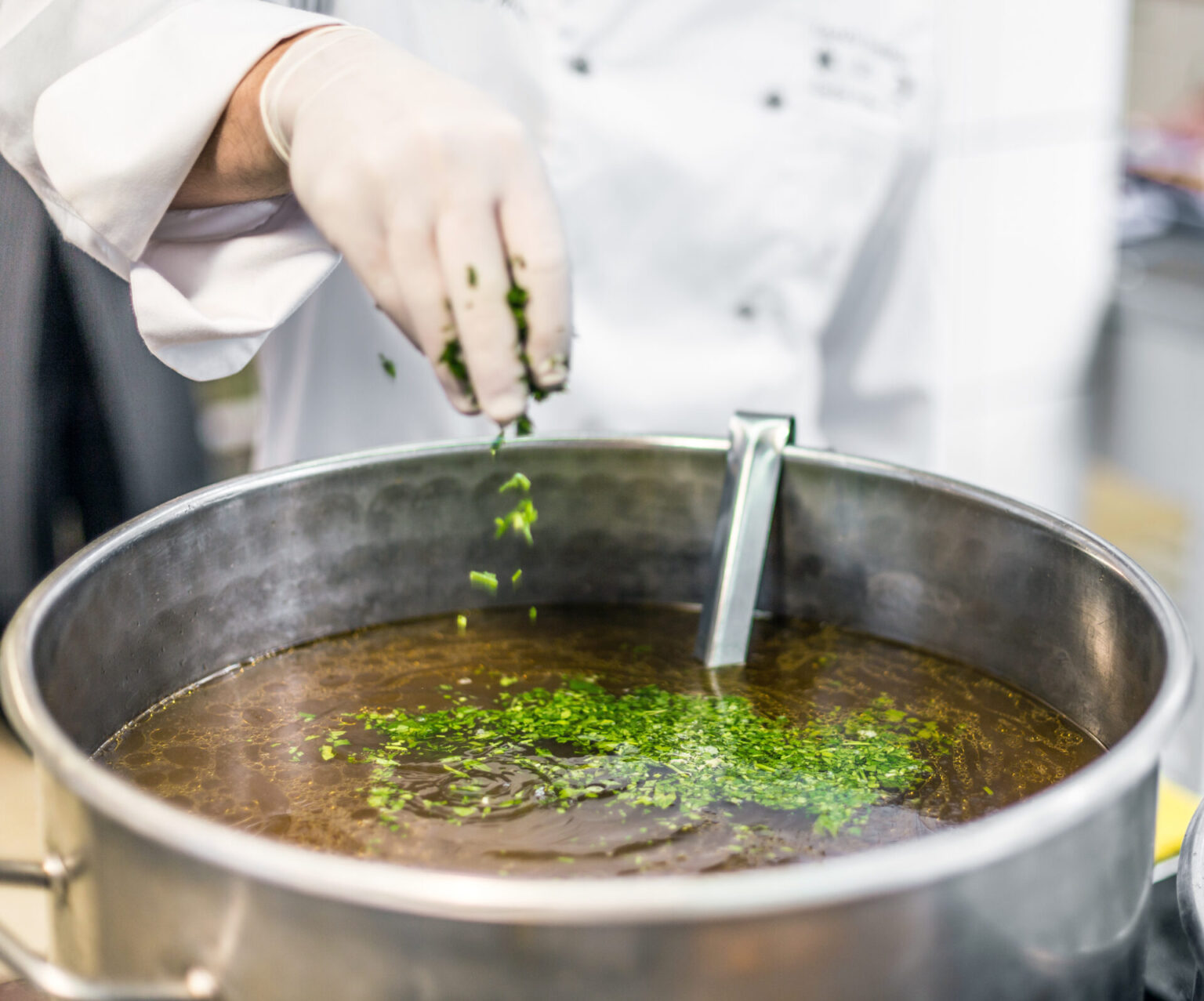

Broths around the world
Many cultures around the world have their own variations on broth, proof of its universal importance.
In Asia, it’s omnipresent in noodle soups such as Vietnamese pho, prepared with beef and fragrant spices. In China, duck or pork broth is an essential base for many dishes.
In Europe, each country has its own variant: France’s light, refined consommé, Italy’s brodo with tortellini, or Russia’s borscht, a beet broth often enriched with meat and cream.
What these dishes have in common is that they are comforting and deeply rooted in local culinary history.
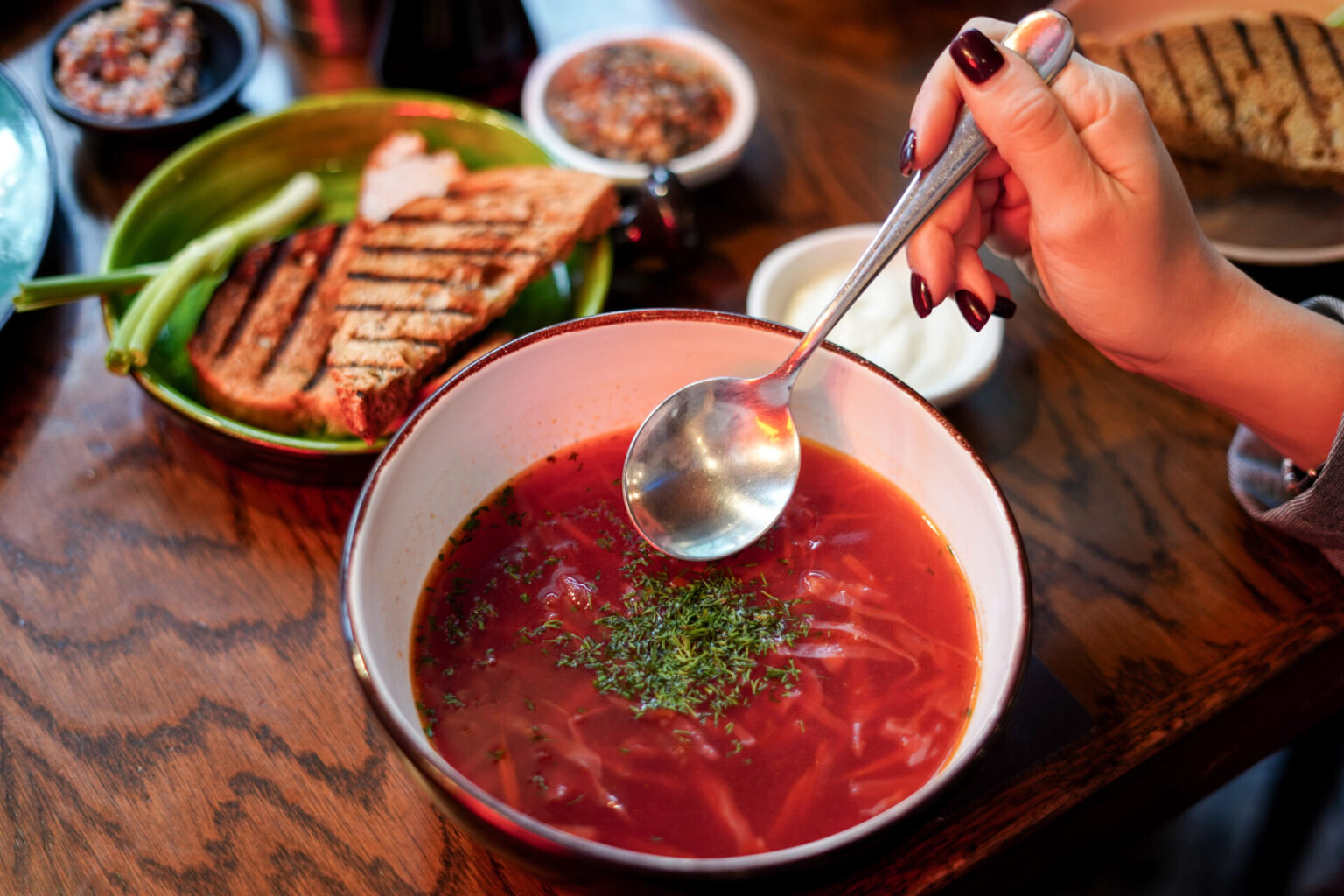
Miso, the Japanese broth par excellence
In Japan, miso soup is a culinary institution and an everyday staple. Made from fermented soybean paste, it comes in several varieties, from mild, slightly sweet white miso to more intense, full-bodied red miso.
This broth is based on dashi, a skilful blend of kombu seaweed and dried bonito, which gives it the umami flavor so characteristic of the Japanese.
This broth is a concentrate of health benefits. Rich in natural probiotics derived from fermentation, it promotes a well-balanced intestinal microbiota and aids digestion.
In Japanese tradition, it is even said to have medicinal virtues: an old saying from the Edo period asserts that “morning miso soup keeps away everyday poison”. This belief illustrates just how deeply rooted this preparation is in Japanese culture.
Miso-making has evolved over the centuries, but some craftsmen still perpetuate ancestral methods. In Osaka, Kôjiya Amekaze, founded in 1689, continues to pass on this age-old know-how.
One of miso’s secrets lies in kôji, a ferment obtained from rice inoculated with the mold Aspergillus oryzae. This micro-organism breaks down soy and rice proteins and starches into amino acids and sugars, creating miso’s aromatic richness and nutritional benefits.
Unlike industrial versions, which are often pasteurized, artisanal miso remains alive, continuing to ferment and develop its flavors over time.
Even today, in some parts of Japan, making your own miso is a family ritual. Households make their paste in autumn from freshly harvested soybeans and rice, then leave it to mature for several months.
This practice bears witness to a deep attachment to this age-old condiment, whose popularity continues to grow well beyond Japan’s borders.
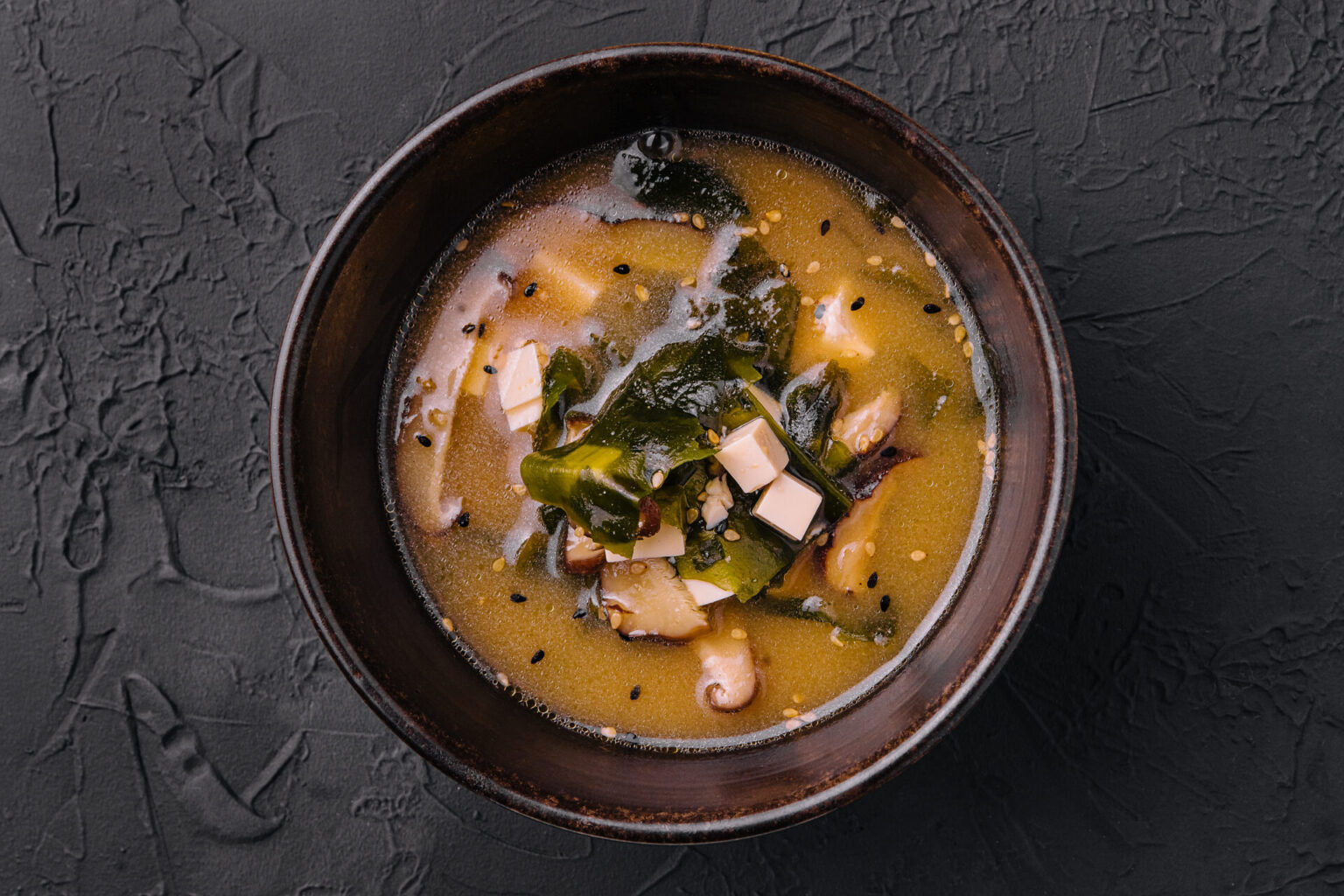
Parisian bouillons: a historic and popular institution
Parisian bouillons are a veritable culinary institution, born in the 19th century in the French capital.
Their story began in 1854 with Adolphe-Baptiste Duval, a visionary butcher who opened the first establishment offering a simple, fast and inexpensive meal to workers at Les Halles. His concept was based on a meat dish accompanied by a nourishing broth, served for less than two francs.
The idea quickly caught on, and by 1900 Paris had more than 250 Duval bouillons. These establishments became the first popular restaurant chains, and inspired other entrepreneurs to open their own bouillons, some even offering reading rooms or entertainment.
One of the most famous, Bouillon Chartier, was created in 1896 by brothers Frédéric and Camille Chartier.
Located on rue du Faubourg-Montmartre, its Art Nouveau decor and lively atmosphere make it an emblematic venue in the capital. The room, once a cartridge-making workshop, boasts large glass windows, Corinthian columns and period frescoes.
Service is fast, tables are often shared between customers, and the bill is still written on the paper tablecloth, perpetuating a centuries-old tradition.
Today, Bouillon Chartier continues to attract gourmets and the curious, seduced by the authenticity of the experience and the conviviality of the place.

A sustainable culinary trend
With its resurgence in gastronomy and growing popularity among wellness enthusiasts, broth is establishing itself as an enduring culinary trend.
By highlighting simple ingredients and minimizing food waste, it represents a tasty, economical and environmentally-friendly alternative.
Whether in a Parisian “bouillon” restaurant, in a Japanese miso soup or in a homemade broth simmered with love, this ancestral dish still has a bright future ahead of it.
